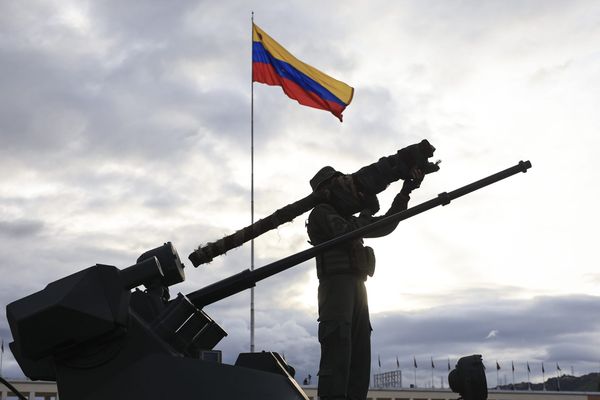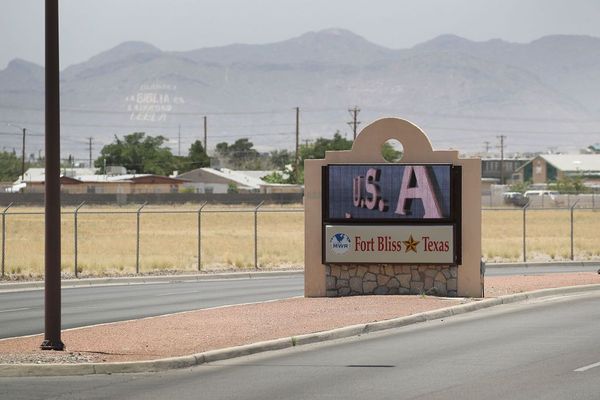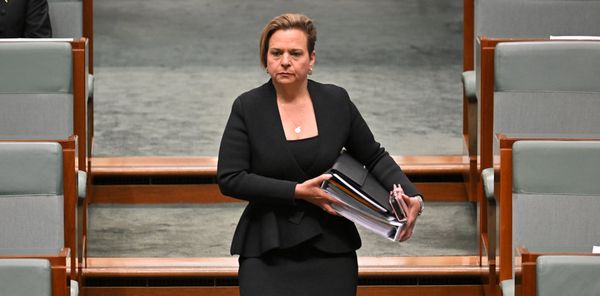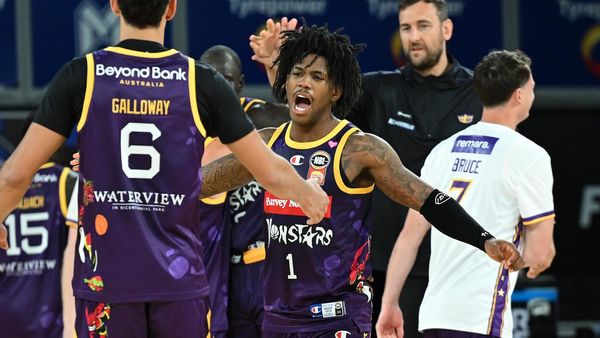
The first three aircraft in Qantas’s new fleet will arrive with a worse economy passenger-to-toilet ratio than on planes used by budget carriers Scoot, Ryanair and Jetstar.
After ordering the Airbus 321XLR aircraft in 2022 to replace its ageing Boeing 737s, Qantas on Thursday used the new planes on commercial flights for the first time on the Sydney to Melbourne and Sydney to Perth routes.
But the aircraft also come with a passenger-to-toilet ratio in economy of just one toilet for every 90 passengers.
Qantas ordered the planes with three toilets and 200 seats, configured with two toilets for the 180 economy seats and one toilet for the 20 business class seats at the front of the aircraft.
Sign up: AU Breaking News email
By comparison, Ryanair’s Boeing 737 carries 197 economy passengers, with three toilets to share between them, a passenger-to-toilet ratio of 66, according to the airline seat data tracker seatmaps.com.
The Scoot Airbus A320-200 carries 180 economy passengers with three toilets, a passenger-to-toilet ratio of 60. Jetstar uses the same planes configured with 186 seats, resulting in a passenger-to-toilet ratio of 62.
Qantas said the three aircraft will have a fourth toilet added within a few years.
Qantas said the first A321XLR with four toilets is due to arrive in December this year, and the remaining 44 of the fleet of 48 Qantas has ordered will feature the same layout.
Announcing the flights, Qantas promoted the A321XLR as featuring wider and longer cabins than previous generation narrow-body aircraft, with wider seats, more room for luggage and greater fuel efficiency than its 737s.
Explaining the poor passenger-to-toilet ratio, first reported in The Australian, Qantas said when it first ordered the A321XLRs, it planned for them to have the same number of toilets as the 737 it was replacing – three in total.
Qantas still uses the Boeing 737-800 aircraft, which have 12 business and 162 economy seats, eight and 18 fewer seats in each section respectively than the A321XLRs.
Qantas said it is the first airline in the Asia Pacific region to fly the new aircraft type, and the fourth airline globally.







